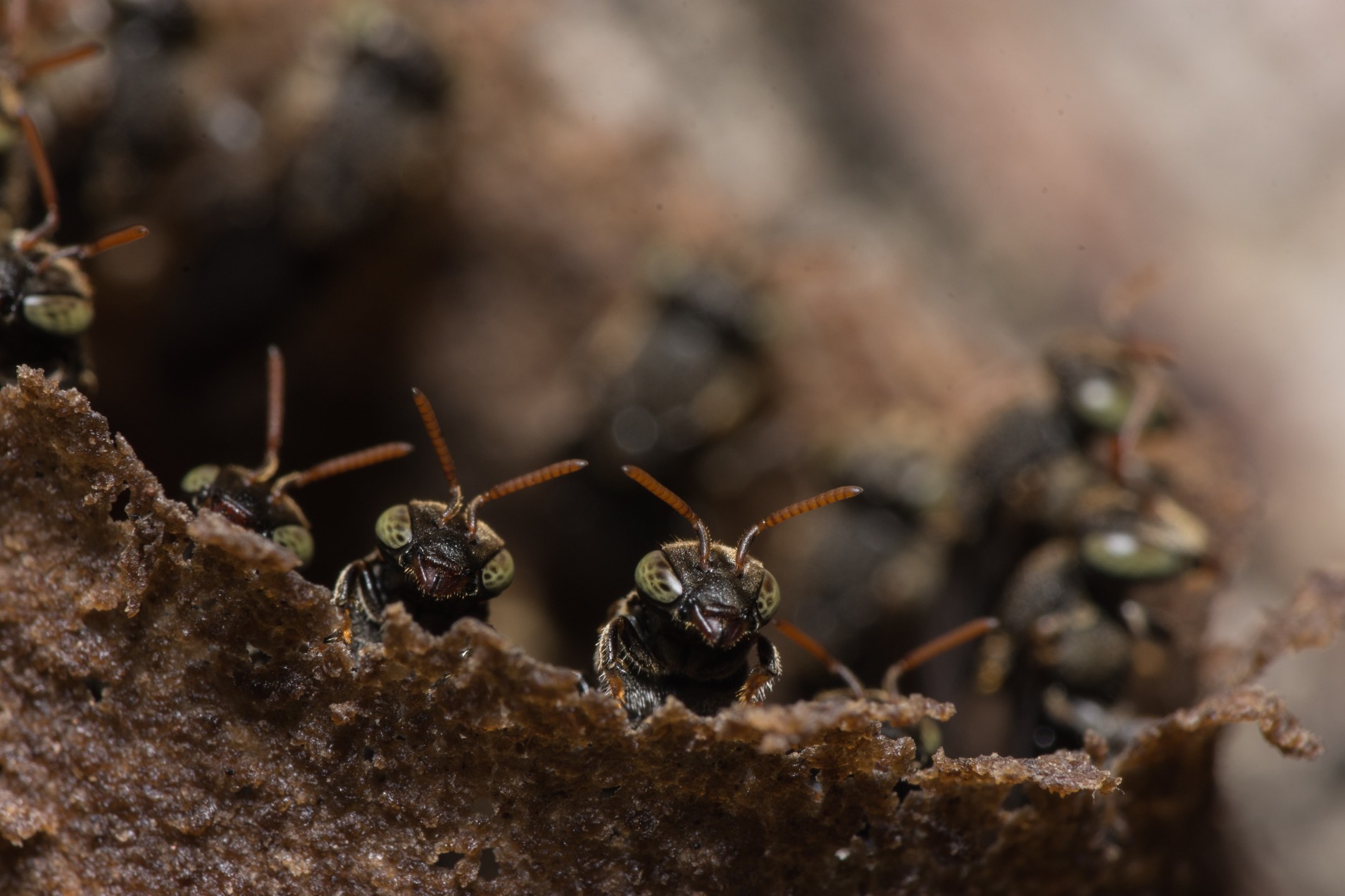Ants are experts at overwintering, or surviving, the winter months. When the weather turns cold, ants’ body temperatures plummet and their motions become sluggish. Ants respond by seeking out warm environments, such as deep soil, under boulders, or beneath tree bark.
Ants huddle together in clusters to keep warm, and they cuddle protectively around the queen, protecting their population’s lifeblood. The entrance to their nests closes during this cold period when ant traffic slows and eventually stops. When the weather warms up again, the ants will become busy once more, venturing outside.
How big is a colony of ants?
Normal ant colonies typically contain anywhere between 1,000 and 100,000 ants, while supercolonies can contain millions of ants that live together.
How to get rid of colonies of ants?
Borax is the most common chemical used to eliminate ants. However, chemical treatments should be applied carefully because even small amounts of these chemicals may cause harm.
If it’s possible to locate the colony, pour boiling water down into the chambers. It may not be easy if the colony is located within your walls.
Another thing you can try is offering the ants artificial sweeteners. They will think it is sugar and take it back to their colony, but it is bad for their health.
What does an ant nest look like?
Nests made by ants are dome-shaped structures with tunnels leading inside them. A little pile of soil or dirt can serve as a nest location. They range in shape and size depending on the species. Nests are most commonly found under eaves, deck railings, bridges, rocks, bricks, or on tree trunks. Sometimes ants make nests deep inside concrete walls.

How are queen ants born?
Ants have a caste system, with the queen at the top. She is born with wings and is treated like a princess until she participates in the nuptial flight, mates with a male ant, and sets up her own colony.
Queens carry eggs in a special chamber located between their abdomen and head. Each egg contains just one larva. Queens spend their time laying eggs. Most of the time they lay eggs that turn into female worker ants, but once a year in Spring or Summer she will lay female queen ants. Upon hatching the young queen ants will soon need to leave the nest and create their own colony because each colony can only have one queen.
When do ants come out?
Ants generally emerge from underground chambers during warm weather in the springtime to look for food. During the summer, large numbers of winged queen ants come out to fly and find a mate (commonly known as flying ant day).
Furthermore, ants are most active at night. About 15 minutes after sunset, workers emerge from the nest. They follow chemical trails in search of food, sometimes hundreds of feet from the nest, and often produce permanent, well-worn pathways through the grass, similar to cow paths.
After working, workers return to the nest to rest and socialize with other members. During the day, ants tend to be more solitary than at night. In fact, ants may spend the daytime resting on logs or stones rather than returning home.
How long do ants live?
Ants can live for a few weeks to several decades, depending on their gender and colony state. Male ants, for example, live the shortest lives, only lasting long enough to procreate with female ants before dying after a few days.
Female working ants live in the colony for a few months at a time, working and serving their queen until they die. Finally, the queen of an ant colony can live for many years, even up to 30.
How to deter ants?
There are numerous ways to keep ants away from your property. Here are some tips.
- Keep garbage cans tightly closed.
- Use an insecticide containing permethrin.
- Ensure all your food is in sealed containers
If you see ants, spray them with a pesticide containing permethrin. If necessary, repeat this treatment once per week. When using pesticides, wear gloves, goggles, a respirator and protective clothing. Do not apply pesticides if children or pets are near. Be careful when applying pesticides to plants and check their labels carefully. Some products contain chemicals harmful to humans.

